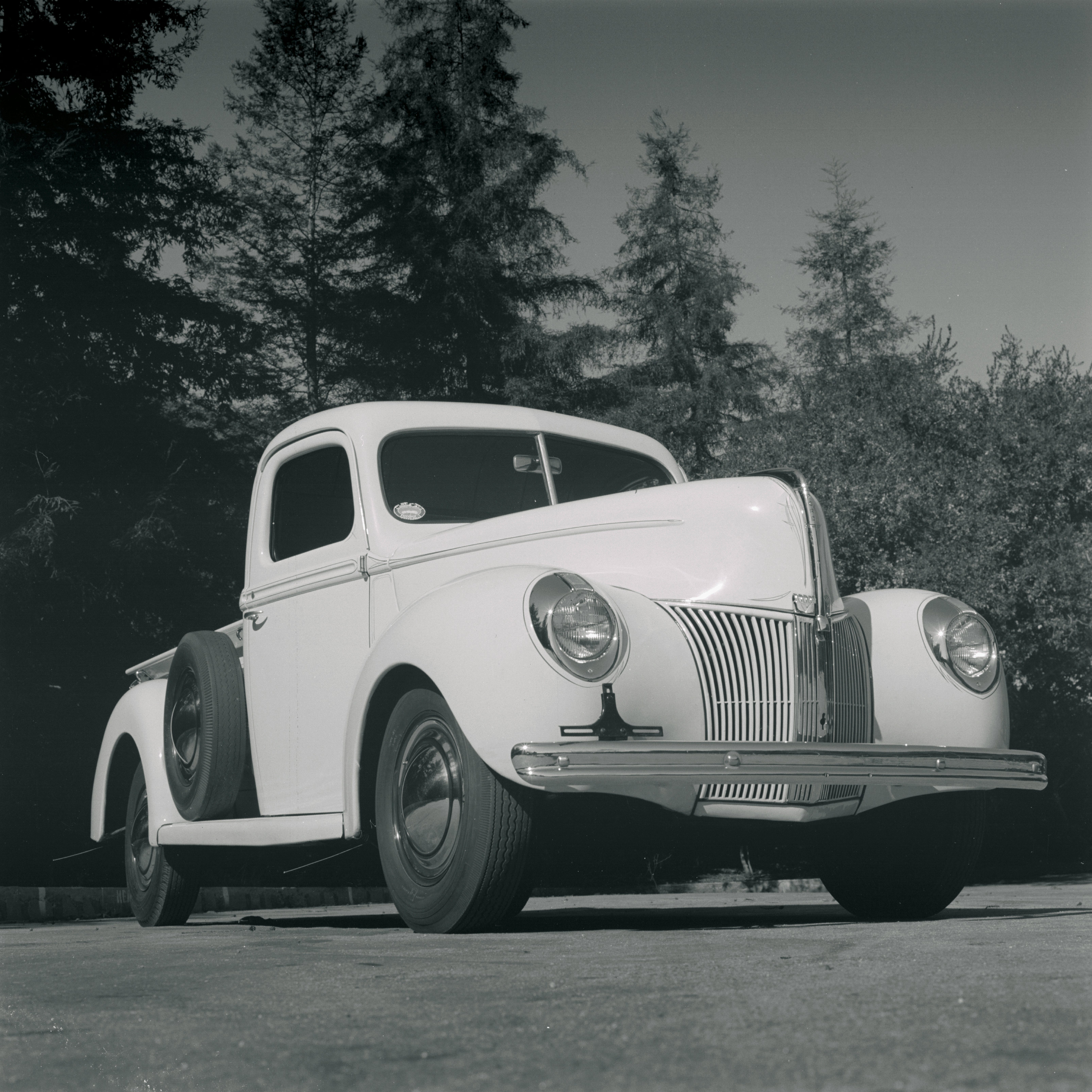
When I was growing up in the west of Scotland, my concept of the United States was defined by several “Only in America” features: Pumpkin pie, foot-long hot dogs, Disney World, Friends, skyscrapers, baseball, and pickup trucks. Some of these aspects, like Friends, are no longer so relevant a touchstone now that I actually live in America. But others absolutely are — and especially pickup trucks.
It’s difficult to explain. The Americans I know who drive pickup trucks are all outdoorsmen-types who use their trucks to haul deer carcasses around and store their tools, but I don’t think that’s exactly the reason why pickup trucks are so quintessentially American. But regardless of that, what pickup truck is more of an American icon than the Ford F-150?
This is an adapted version of the Inverse Daily newsletter for Thursday, May 12, 2022. Subscribe for free and learn something new every day.
In a new review, writer Jordan Golson explains why the F-150 represents America’s past, present, and future of transportation. Read that story and more in today’s Inverse Daily!

Astronomers find a surprising process that capped early black holes from growing
The first stars, black holes, and quasars emerged in the Epoch of Reionization, marking the universe's transition from its early undifferentiated hydrogen soup to something much more familiar. But with the mass of the universe uniformly distributed in a hot gas of neutral particles, what stopped the first black holes from simply consuming all matter?
Just 300,000 years after the Big Bang, the primordial soup of fundamental particles cooled enough for protons and electrons to form hydrogen, leading to an epoch known as the Dark Ages, where the universe was evenly filled with neutral hydrogen. Then, around 13 billion years ago, galaxies began to form, and supermassive black holes started swallowing extreme amounts of matter, creating powerful radiation and fast winds made of ionized particles.
Based on observations made with the ESO’s XSHOOTER instrument at the Very Large Telescope in Chile’s Atacama Desert, an Italian-led team of international astronomers suggests that feedback from the black holes’ formation process slowed down their growth, leading to the balance of matter that we know today. The results of the study were published today in Nature.

The modern flu is a direct descendant of the virus that caused the 1918 pandemic
Just as the human genome over millennia can tell us crucial information about where, when, and how our species evolved, genomic changes in a virus can tell us about the progression of illness outbreaks and pandemics.
The 1918 pandemic is estimated to have killed between 50 and 100 million people worldwide. Unlike our current pandemic, many of the questions about the 1918 pandemic remained a mystery due to technological limitations. Notably, virologists couldn’t be sure if the seasonal H1N1 flu is a direct descendent of the 1918 pandemic or an intra-subtype reassortment. In other words, one of the biggest questions medical historians have about the 1918 pandemic is if the modern seasonal flu is a great-grandchild of the influenza virus that caused the 1918 pandemic, or a distant cousin.
New research, published today in Nature Communications, suggests the seasonal flu is a direct descendent of the 1918 flu. This had been a mystery because, at the time, scientists hadn’t yet discovered flu viruses, much less have the capability to sequence a virus’s genome. It wasn’t until the late 1990s that researchers were able to use permafrost preserved bodies to determine that the 1918 pandemic was indeed Influenza A virus of the H1N1 subtype.
Here’s why that matters for Covid-19.

F-150 Lightning Review: Why it’s the most important EV ever made
A pickup truck is the ultimate “but I might” vehicle. But I might need to haul furniture. But I might need to drive to grandma's house while towing an 8,000-lb boat. But I might need to conquer some off-road obstacles.
Ford knows all this and knows its truck customers. It’s what Built Ford Tough means, and though it’s easy to dismiss as a silly marketing slogan, it means something at Ford and they aren’t going to put a truck on sale unless it lives up to that billing.
The F-150 Lightning feels like a Ford F-150 that happens to be electric rather than an electric F-150. Ford has taken the best-selling vehicle in the country and created a Built Ford Tough electric version with added capabilities.

4 of the worst heat waves in the last 60 years went unrecorded — here's why
According to a recent study, even more extreme heatwaves may have passed over the world that scientists were unaware of. Researchers from the University of Bristol in England re-analyzed climate data from the 1950s onward. Disturbingly, the June 2021 event ranks among the top eight worst heat waves since then, with others scattered across the globe. The findings were published last week in the journal, Science Advances.
With a combination of available data and climate models, the new report details some of the worst heatwaves worldwide that went unnoticed, including the worst one in magnitude in Southeast Asia in 1998.
This study fills a gap, according to lead author Vikki Thompson, a senior researcher at the University of Bristol’s School of Geographical Sciences. Most research focuses on a particular region or event, she tells Inverse.
“Looking globally gives us a different kind of picture of what's happening... and also allows us to put future events into better context because even if one region hasn’t had [a heat wave], we can show that other parts of the world may have experienced similar things already.”
About this newsletter: Do you think it can be improved? Have a story idea? Want to share a story about the time you met an astronaut? Send those thoughts and more to newsletter@inverse.com.

- On this day in history: On May 12, 1926, Roald Amundsen, Lincoln Ellsworth, and Umberto Nobile flew over the North Pole — the first time anyone had ever managed to do so. Amundsen was also the first person to reach the South Pole by any means — he made that expedition in 1911.
- Song of the day: “On The Road Again,” by Willie Nelson







